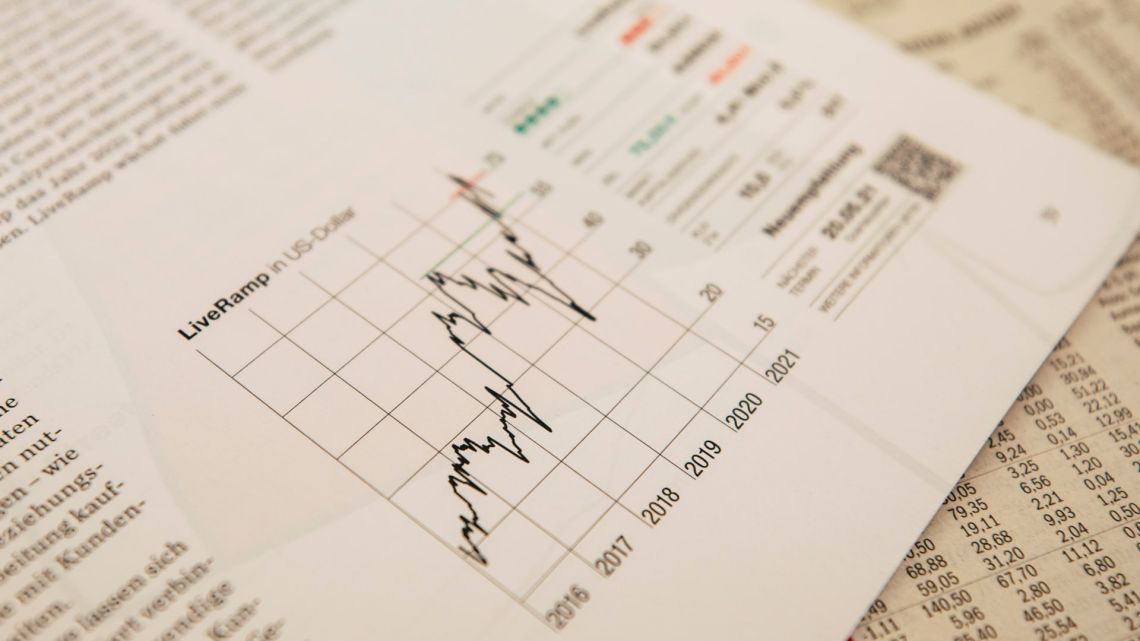
Market timing has long been viewed as a risky endeavor, reminiscent of a fool's game. However, this perception only tells one side of the story.
Analyzing the S&P 500
Examining the performance of the S&P 500, it becomes evident that eight particularly disastrous days heavily impacted the overall returns. If it weren't for these few bleak instances, the S&P 500 would have soared over 30% by November 8th, more than double its current return of 14.1%.
The Intriguing Research by DataTrek
DataTrek Research recently conducted a compelling study that shed new light on the S&P 500's performance. Their report indicated that the primary contributors to the index's returns were those eight exceptional trading days.
The Full Picture
Zooming out and considering both the best and worst trading days, a different narrative emerges. While focusing solely on missed opportunities may paint market timing unfavorably, there are substantial benefits to be gained from avoiding the most significant losses.
Striking a Fine Balance
Of course, it is impossible to consistently avoid all the ups and downs of the market entirely. However, let's entertain the idea for a moment. If one could sidestep both the best and worst trading days, the results are remarkable.
Evaluating the Risk-Adjusted Performance
When examining the table below, it becomes clear that by avoiding extreme market fluctuations, one can achieve returns similar to a buy-and-hold strategy while assuming measurably less risk. Consequently, market timers can outperform the traditional "buy and hold" approach on a risk-adjusted basis.
"The most volatile sessions on Wall Street tend to be bunched together in clusters."
The Feasibility of Dodging Extreme Trading Sessions
One might wonder if it is genuinely feasible to evade the trading sessions with the most substantial gains or losses, commonly known as the most volatile periods.
Surprisingly, an academic study titled "Volatility-Managed Portfolios" by Alan Moreira of the University of Rochester and Tyler Muir of UCLA provides an unexpected answer. According to their extensive research, market timers do have a realistic shot at evading these highly volatile trading sessions.
In conclusion, market timing emerges as a nuanced practice that, when approached strategically, can yield favorable results. By navigating the unpredictable ebbs and flows of the market, investors can enhance their risk-adjusted returns.
Volatility Clusters: A Winning Strategy to Beat the Market
Several months ago, I wrote about an intriguing study that sheds light on a powerful strategy to outperform the market. The study, conducted by a group of professors, reveals that Wall Street's most volatile sessions tend to occur in clusters. By adjusting your equity exposure during periods of heightened volatility and gradually restoring it as volatility subsides, you significantly increase your chances of avoiding the trading sessions with the largest gains or losses.
According to the professors' analysis, this risk-adjusted approach allows you to beat the market consistently.
This year serves as a perfect example of how volatility tends to cluster. Out of the 16 trading days so far this year that rank among the top eight best or worst performing days, six were concentrated within a mere 14-day stretch from March 3rd to March 22nd.
To support their findings, the professors conducted a series of statistical tests. However, a visual representation of their research is encapsulated in the accompanying chart, which encompasses all S&P 500 trading sessions since 1928.
It is noteworthy that over this extensive time period, by sidestepping both the best and worst days and adhering to this cluster-based strategy, you are able to surpass the returns of a simple buy-and-hold approach. Moreover, considering the risk reduction resulting from avoiding the most volatile sessions, your outperformance becomes even more pronounced on a risk-adjusted basis. This winning combination offers immense potential for investors.
There you have it - a powerful strategy backed by rigorous research that empowers you to beat the market. Say goodbye to ordinary investment approaches and embrace the advantages of volatility clustering.
More: Stock-market timers beware: Just 8 days account for all of the S&P 500's 14% gain in 2023
Plus: Stock-market rally faces make-or-break moment. How to play U.S. October inflation data.













Write Your Comment